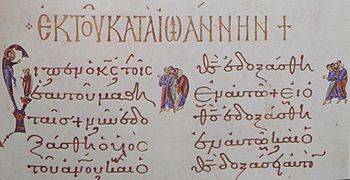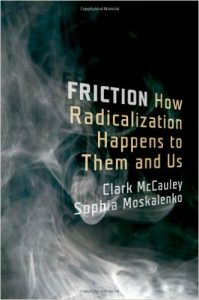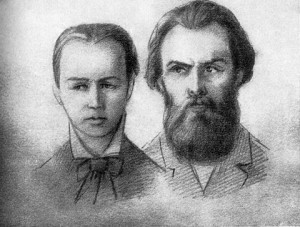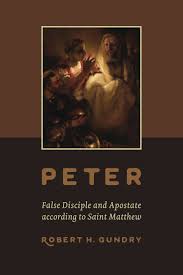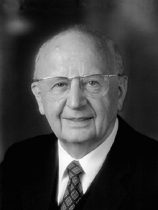
Isaiah’s Suffering Servant has been co-opted by Christians as a prophecy of Jesus Christ but how did pre-Christian Jews understand this figure? My last post in a series examining Martin Hengel’s scholarly work on this question was From Israel’s Suffering (Isaiah’s Servant) to Atoning Human/Messianic Sacrifice (Daniel). Here is the long overdue follow up post. So far we have
- surveyed the evidence Hengel finds for how the authors of the books of Zechariah and Ben Sirach/Sira interpreted the Suffering Servant we read about in Isaiah 53;
- noted related developments in the period of the Maccabean martyrs (around 165/164 BCE) when the book of Daniel appears to have been written.
Though we sometimes read dogmatic assertions by scholars who don’t keep themselves up to date across their field of research to the effect that no pre-Christian era Jew could ever have thought that the Messiah was destined to suffer and be killed, Martin Hengel has no qualms arguing on the basis of early Jewish writings that pre-Christian Jews really do appear to have done just that. And why not? How better to make sense of a persecuted and often martyred community? We must keep in mind that there was no fixed idea of any other kind of Messiah (“anointed one”, “Christ”) in this period.
Yet we must remember that in the second century B.C.E., we do not yet possess any fixed Jewish doctrine of the Messiah – there basically never was one – but must rather deal with various ideas of anointing and the Anointed One. In Qumran, not only the Davidic Messiah but also the eschatological high priest and the prophets are considered “anointed ones.”
— Hengel, Martin, ‘The Effective History of lsaiah 53 in the Pre-Christian Period’, in The Suffering Servant: Isaiah 53 in Jewish and Christian Sources (ed. Bernd Janowski and Peter Stuhlmacher; Grand Rapids, MI: William B. Eerdmans, 2004), p103. (Bailey is responsible for translating Hengel’s essay into English and updating it in consultation with the author.)
Hengel warns us not to expect an author to introduce the new ideas or interpretations emerging in the Maccabean period with an unambiguous supporting citation to an earlier text.
Because the ideas introduced are new, they are at first only cautiously hinted at. Isaiah 53, as a unique text in the Old Testament, may have helped this development along, though at first the collective understanding [i.e. that the Suffering Servant represented Israel] stood in the foreground, and only certain aspects of the whole text exerted an influence. It also needs to be remembered, as already said, that the pre-Christian Apocrypha and Pseudepigrapha contain almost no literal scriptural citations. We can therefore conduct only a very cautious search for traces. (p. 96)
So the argument is suggestive rather than conclusive. We might further consider the interpretative power of the argument: Does it explain the emergence of earliest Christian interpretations more directly than a radical revision of Jewish thought being sparked by a belief in a crucified leader’s resurrection from the dead?
Let’s get started. Continue reading “How Did Daniel Understand Isaiah’s Suffering Servant?”

